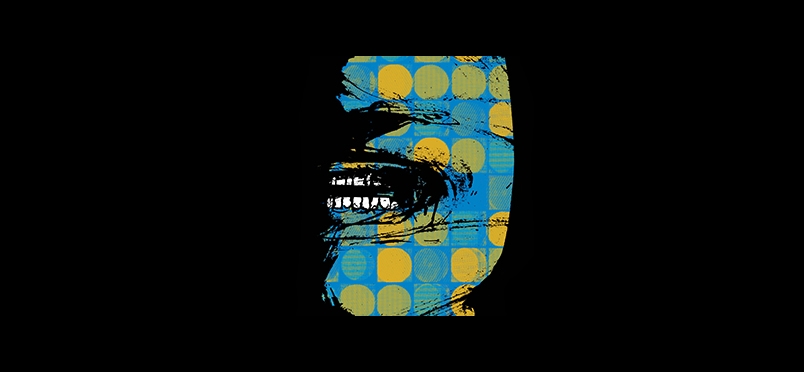| addiction
Cause and Effect: The Vicious Cycle of Substance Abuse and Pain

Breaking the Positive Feedback Loop is Essential to Success in Treating SUDs
Researchers from Binghamton University, State University of New York have recently completed an analysis of results from over 100 studies on pain and substance use and have highlighted what they term a positive feedback loop between the two. Author Emily Zale, PhD, assistant professor of psychology at Binghamton University, observed, “Research studies usually examine either how substance use affects pain or how pain affects substance use. Our reciprocal model puts these two different types of research together to understand how pain and substance use affect each other.” In detailing what Dr. Zale called a “vicious cycle” in which substance use worsens pain, which then prompts escalating substance use, she urged consideration of the reciprocal loop by clinicians who are treating substance abuse disorders. “We have evidence that pain may get worse when people go into withdrawal; clinicians treating addiction should be prepared to help their patients manage pain during withdrawal,” she remarked.
In an effort to better understand the dimensions of the reciprocal relationship, Zale and colleagues have established the Substance Use, Pain, and Health Research Lab, with particular emphasis on researching the cycle of pain and substance use in adolescents and young adults. Zale also noted that substance use as related to pain extends beyond just opioids, commenting that “Nicotine/tobacco, alcohol, and cannabis are the most commonly used substances in the US, and research into associations between pain and these nonopioid substances is continuing to increase in popularity.” The group’s paper, “A Reciprocal Model of Pain and Substance Use: Transdiagnostic Considerations, Clinical Implications, and Future Directions,” appears online ahead of print in the Annual Review of Clinical Psychology.
Want to read more about substance abuse and pain? Click here.
Read about the research conclusions.
The journal article may be read here.
Other Categories:
Did you enjoy this article?
Subscribe to the PAINWeek Newsletter
and get our latest articles and more direct to your inbox
